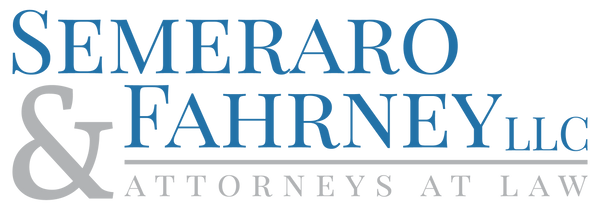May 2, 2016
Partner Mark Semeraro enjoyed a convincing victory in Passaic County, NJ Superior Court in September, when a judge ruled that a 244-word referendum question that a Ringwood, NJ citizens group wanted placed on the November ballot was ”unintelligible, facially defective and confusing to borough voters.”
The ballot referendum, which would have created a new Ringwood Borough ordinance covering environmental cleanup, was pushed by a citizens group seeking remediation beyond that which the Environmental Protection Agency (EPA) had recommended relative to three abandoned dump sites in the borough that were used by Ford Motor Co. over 40 years ago.
Semeraro successfully argued that the referendum petition was irrevocably flawed, because it was incomprehensible to voters, was misleading because it failed to provide the voters with current information, it failed to inform the voters of the true impact of the proposed ordinance, as required by law and it was facially defective, since portions of it, were pre-empted by three separate bodies of law.
Among the Reasons the petition was defective were:
- It only informed the public of the first EPA recommendation for “Full Excavation” remediation and failed to inform them of the change in the EPA’s decision and its recommendation of the Consolidate and Cover (C&C) option, thereby providing voters outdated information and it painted the false impression that the second EPA recommendation was something that the Borough had chosen against the EPA’s authorization. Because of this, Semeraro argued that the petition was both based upon outdated information and misleading to voters. As a result, he argued that the petition had to be found void and could not be corrected.
- It failed to inform the voters that the proposed ordinance would require the Borough to terminate or breach an agreement that the Borough had negotiated and entered with Ford, (wherein Ford agreed to shoulder 85% of the costs of remediation) and failed to inform the voters of the multitude of costs and expenses the reckless ordinance would trigger. Semeraro argued that the economic impact of the proposed ordinance could be staggering to the Borough and its taxpayers. Not only would it immediately result in approximately $28 million dollars in additional and unnecessary remediation expenses (the difference between the costs of “Full Excavation and C&C), but it would also result in hundreds of thousands of dollars in unnecessary legal expenses and the loss of a new recycling center that Ford was to construct at its expense, pursuant to the agreement). The ordinance could also result in the Borough being found to be more than 15% responsible for remediation costs, (as agreed to with Ford) and being found liable to Ford for damages if the Borough was found to be in breach of the existing agreement.
The bottom line, says Semeraro, is that the borough has already adopted an effective remediation plan that will protect the health and safety of borough residents and do it in a timely and cost-effective manner. The option under the citizens’ referendum would bind future governing bodies to protracted and expensive litigation against one known polluter, which could take decades to resolve and offers no better protection to residents than the current plan approved by the EPA.
Semeraro concluded by saying that; “the Borough Council does not lightly challenge the citizens right to direct democracy via referendum, but must challenge one that is factually inaccurate, outdated, misleading and legally invalid. To allow such a referendum on the ballot is a contortion of direct democracy, not a vindication of it.”
Please contact Mark J. Semeraro at 973-775-2290 to discuss your case.








